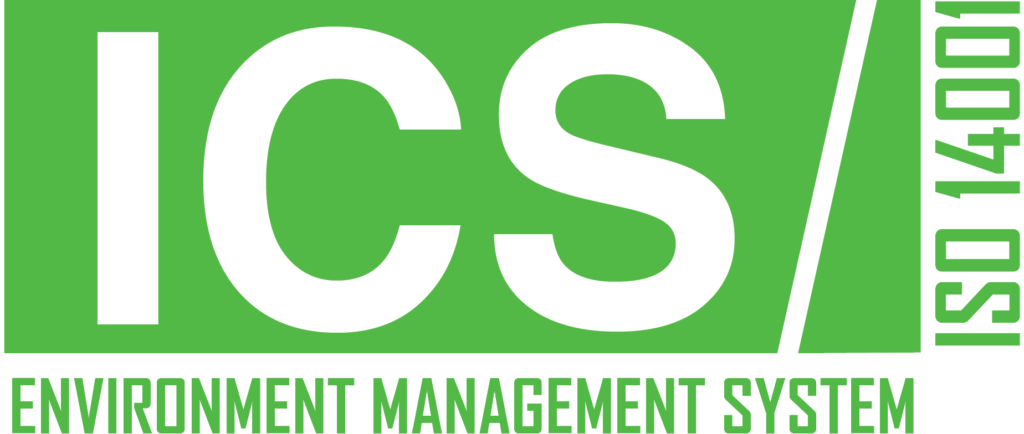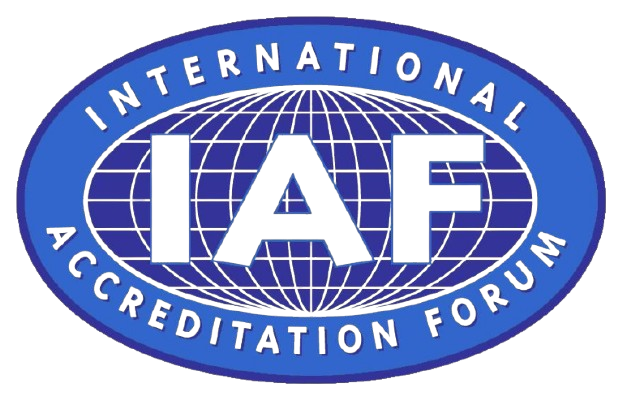

In the current business landscape, organizations must balance profitability with sustainable practices. ISO14001 certification is a globally recognized standard for environmental management systems (EMS) that helps organizations improve their environmental performance while complying with legal and regulatory requirements. Companies use this standard to demonstrate their commitment to environmental sustainability, which can enhance their reputation and lead to long-term success.
“Given below is the more detail about the ISO 14001 – an EMS standard and you might be interested learning more about it. Rest of the part you can avail the certification from ICS to get your organizational dream come true by contact us by clicking below button.”
ISO 14001 provides a framework for organizations to develop and implement an environmental management system that aligns with their strategic objectives. The standard, developed by the International Organization for Standardization (ISO), outlines the requirements for an EMS and emphasizes a systematic approach to environmental management. Companies using ISO 14001 can identify and control their environmental impacts, improve resource efficiency, and reduce waste
ISO 14001 is part of the ISO 14000 family of standards, which focuses on various aspects of environmental management. The primary objective of ISO 14001 is to provide organizations with a structured approach to manage their environmental responsibilities. By implementing this standard, companies can achieve significant environmental performance improvements and demonstrate their commitment to sustainability.
ISO 14001 comprises several key elements that organizations must address to implement an effective EMS. These elements include:
Despite its benefits, implementing ISO 14001 can present challenges for organizations. One common challenge is resistance to change, as employees may be hesitant to adopt new processes and practices. To address this, organizations should focus on effective change management strategies, including clear communication, training, and employee involvement.
Another challenge is the need for ongoing commitment and resources to maintain the EMS. ISO14001 certification requires continuous improvement, which involves regular audits, reviews, and updates to the system. Organizations must allocate sufficient resources to support these activities and ensure the EMS remains effective.
Continuous improvement is a core principle of ISO 14001. Organizations that adopt this principle can enhance their environmental performance over time and adapt to changing environmental conditions. Continuous improvement involves regularly reviewing and updating processes, setting new objectives and targets, and implementing corrective actions to address any deviations.
The Plan-Do-Check-Act (PDCA) cycle is a common tool used in ISO 14001 certification to facilitate continuous improvement. This iterative approach helps organizations systematically address environmental issues and implement effective solutions. By fostering a culture of continuous improvement, organizations can achieve long-term environmental sustainability and success.
ISO 14001 certification is applicable to organizations of all sizes and industries. For example, manufacturing companies can use ISO 14001 to reduce waste, conserve energy, and minimize pollution. Service providers can enhance their environmental performance by adopting sustainable practices and reducing their carbon footprint.
Small and medium-sized enterprises (SMEs) can also benefit from1 ISO 14001 certification. The standard provides a scalable framework that can be tailored to the specific needs of smaller organizations. By adopting ISO 14001, SMEs can improve their environmental performance, gain credibility, and attract environmentally conscious customers and investors.
ISO 14001 is applicable to organizations of all sizes and industries. For example, manufacturing companies can use ISO 14001 to reduce waste, conserve energy, and minimize pollution. Service providers can enhance their environmental performance by adopting sustainable practices and reducing their carbon footprint.
Small and medium-sized enterprises (SMEs) can also benefit from ISO 14001. The standard offers a scalable framework that smaller organizations can tailor to their specific needs. By adopting ISO14001 certification, SMEs can enhance their environmental performance, build credibility, and attract environmentally conscious customers and investors.
ISO 14001 is a powerful tool for organizations that commit to environmental sustainability and continuous improvement. By adopting this standard, companies can boost their environmental performance, meet legal and regulatory requirements, and gain a competitive edge. Although implementation poses challenges, the benefits of ISO 14001 far outweigh the costs. With a strong commitment to environmental management and ongoing improvement, organizations can secure long-term success and sustainability. Whether you run a large corporation or a small business, embracing ISO14001 certification can transform your environmental management practices and drive your organization toward excellence.

For Quick Contact Leave Your Message We will Contact You Shortly Or Call Us At Given Numbers or Email Addresses. We Love to Deliver Our Efficient Services.
Copyright All Rights Reserved © 2025